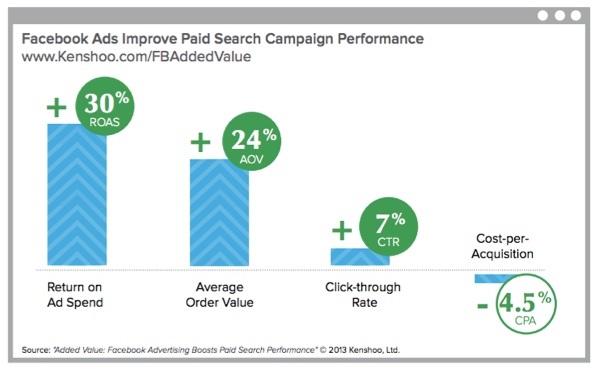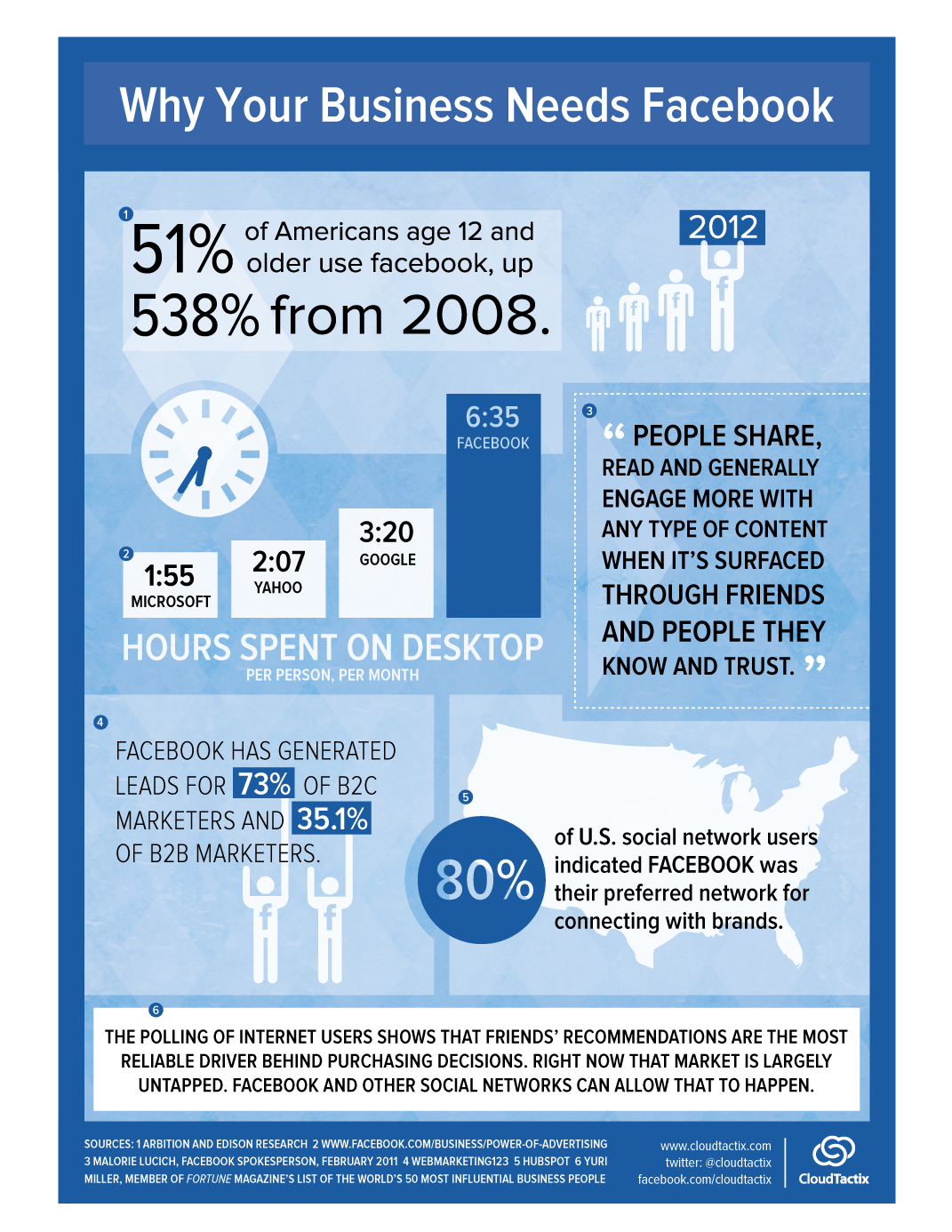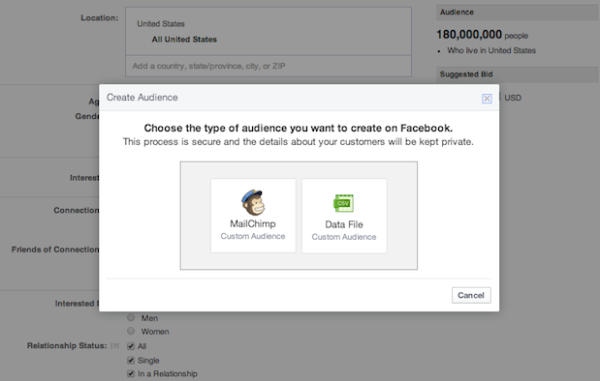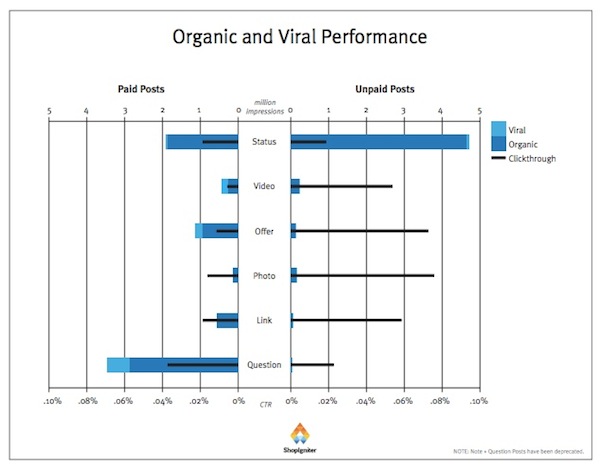 Yesterday Facebook announced some pretty major changed to their News Feed. Specifically, clicking an article may not show up to three related articles, and new comments on a story you’ve already seen can “bump” that story back into your feed as it is made relevant again. Lastly, they are going to begin policing the “meme” content to an extent, especially on mobile.
Yesterday Facebook announced some pretty major changed to their News Feed. Specifically, clicking an article may not show up to three related articles, and new comments on a story you’ve already seen can “bump” that story back into your feed as it is made relevant again. Lastly, they are going to begin policing the “meme” content to an extent, especially on mobile.
While the first two changes have received significantly more attention by marketers, the new meme policy will likely have the biggest immediate impact for companies still using the image marketing practices widely preached just a year ago.
Image marketing on Facebook refers to the practice of sharing content by posting a picture with a link in the comment, rather than using the more standard link post. This lead to many marketers using lighthearted and sometimes confusing memes while underhandedly also sharing their content. This type of practice has been slowly being dismantled for the past few months, ever since Facebook changed how prominently Link posts were shown in the News Feed. Before that update, image posts were shown with much more prominent display size, so it was a ripe target for abuse.
Now that Facebook is targeting memes it is pretty clear that the old image marketing practices are outdated and it makes more sense to simply follow the more common link marketing practices. Not only is it a more honest approach to serving content to your visitors, but Facebook is going to show you favor.
As Greg Finn from Marketing Land explains, Facebook has gone “all in” regarding turning their social media platform into a more focused news source. A recent study has shown that 1 out of 3 Americans now use Facebook as a news source, and Facebook seems determined to put a heavy emphasis on that mode of usage for their site. Looking forward, the only way to stay ahead of their changes is to focus on delivering your audience the best quality content you can create.





 Many considered it only a matter of time before advertising would find its way onto Instagram, since Facebook purchased the app. However it took much longer than most expected. Instagram has remained ad-less until now, but over the next few months you will finally see that change. Instagram
Many considered it only a matter of time before advertising would find its way onto Instagram, since Facebook purchased the app. However it took much longer than most expected. Instagram has remained ad-less until now, but over the next few months you will finally see that change. Instagram 


